NCKU SPACELAB

SPACE lab was established in 2003 at National Cheng Kung University, Tainan, Taiwan by Prof. Miau from Department of Aeronautics and Astronautics and Prof. Juang from Department of Electrical Engineering. Since then, SPACE lab has been involved in several microsatellite and nanosatellites projects in collaboration with both national and international organizations including Taiwan NSPO, VKI, and Russia. Our Taiwan's first nanosatellite, PACE was launched in June 2014, and our second CubeSat named PHOENIX which is selected as one of the CubeSat for QB50 project was launched in July 2017. Currently we are working on IRIS CubeSat project.
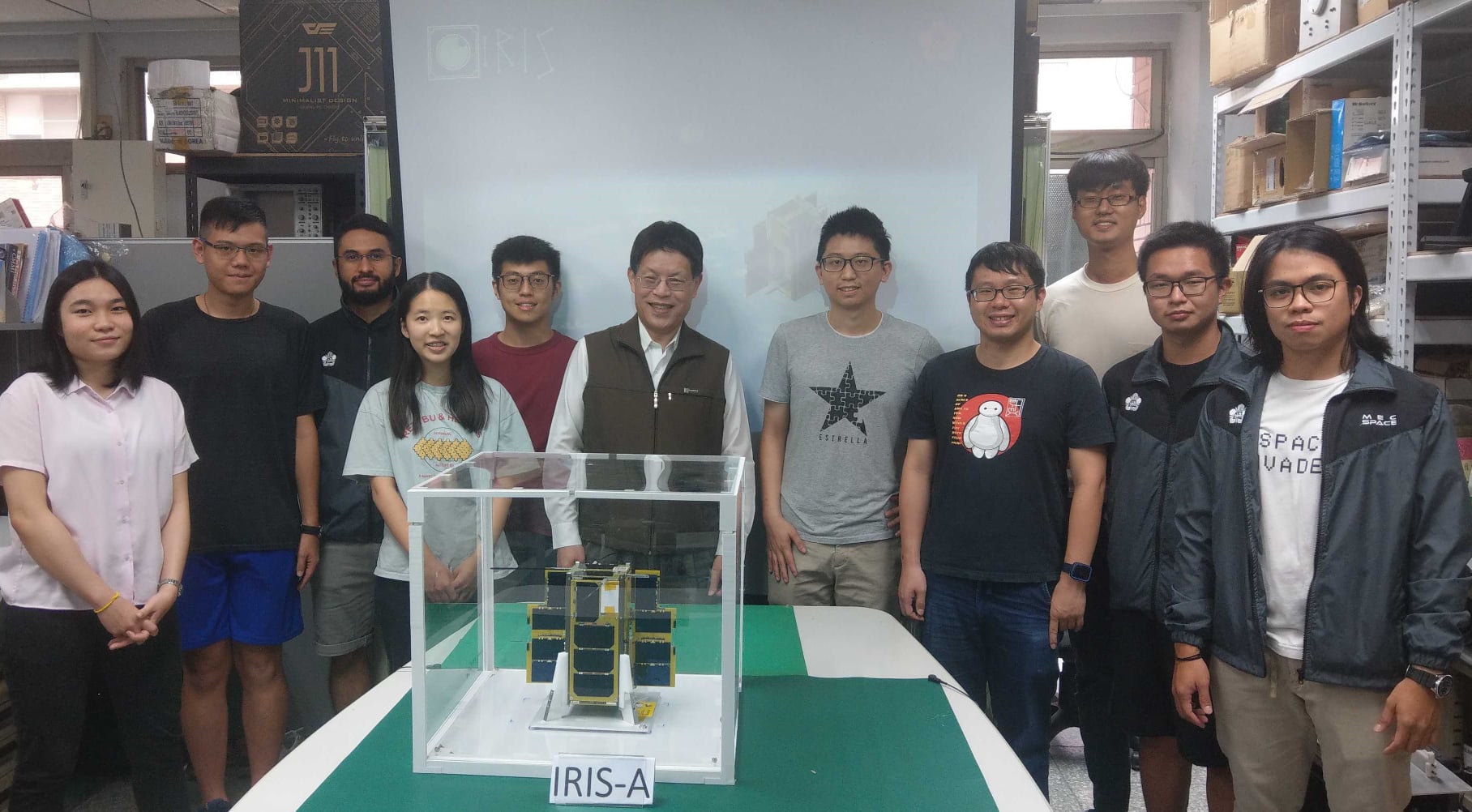
IRIS-A Mission
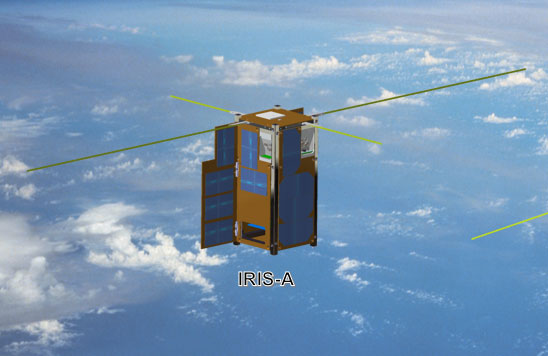
Mission statement
IRIS-A CubeSat鈥檚 mission objective is to demonstrate Internet of Things (IoT) communication technology in space. Techniques are developed to compensate for the significant attenuation and Doppler shift in the mission so that ground measurements can be uplinked, stored, and forwarded.
IRIS-A CubeSat will be launched this year. Users can obtain IRIS-A data through here. The following data types will be released.
- System Housekeeping Data
- IoT Ground Station Terminal Data
- Image Data
IRIS-A Overview
IRIS-A Bus
- 2U Volume
- Inherit and upgrade from PHOENIX bus
IRIS-A Payload
- Simple Camera (LISCOTECH)
- LoRa Receiver (LETSCOM)
- GPSR Device (NSPO)
- Reference Clock (NCKU)
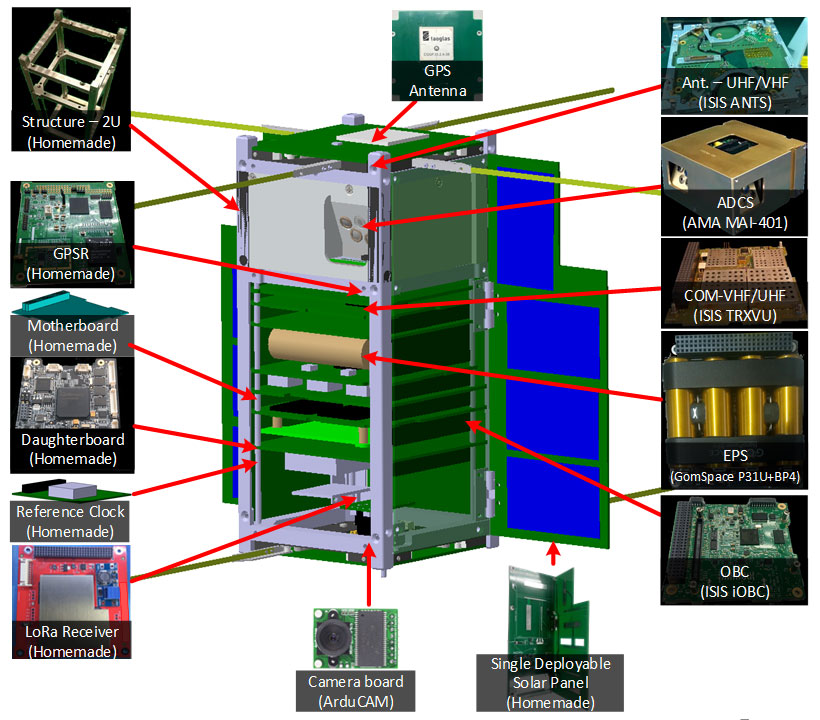
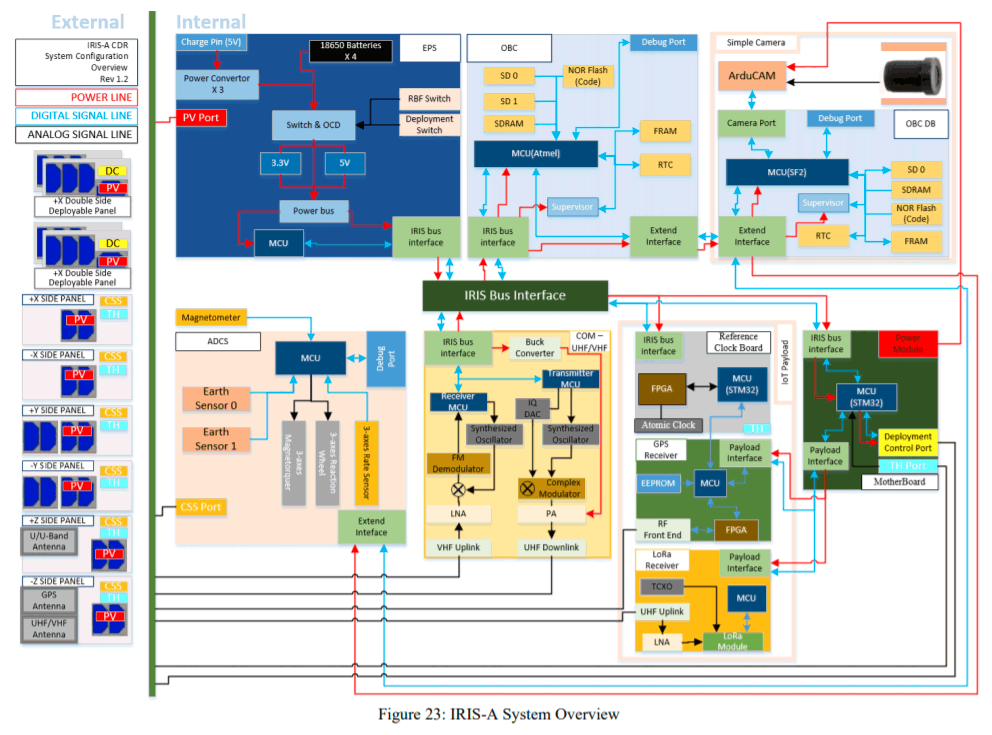
IRIS-A Mission Description
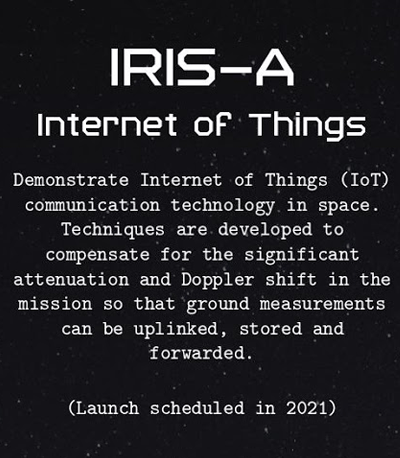
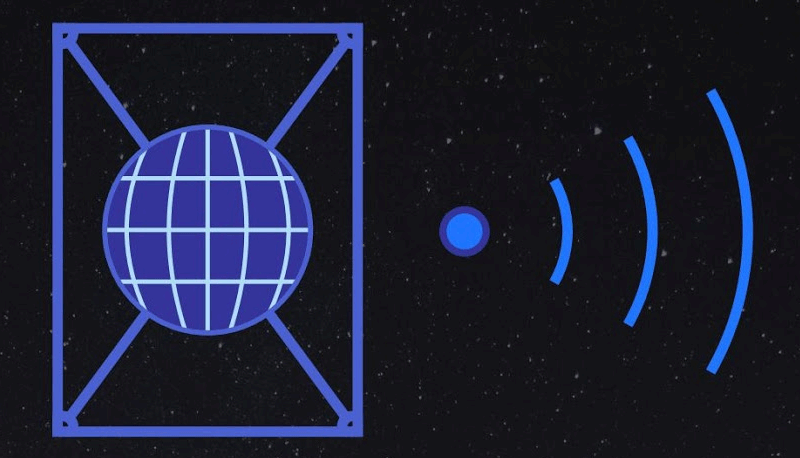
IoT technology demonstration is the main mission objective of IRIS-A mission. IoT technology demonstration IoT Device are composed by LoRa Receiver, GPS Receiver, Reference Clock. Two main communication experiments are conducted with different device setup of IoT device. The first experiment is LoRa delay tolerant network, it is used CubeSat to test LoRa based modulation to collect weak signal from LoRa end device in orbit and forward to ground station. The rule of CubeSat play as a gateway of LoRa device.
LoRa Receiver will collect received LoRa data and tag them with geo information from GPSR. These data will be stored and forward to during the next pass of NCKU ground station or partner ground station. The second experiment is doppler compensation experiment. CubeSat will estimate and compensate doppler frequency shift which is experienced on targeted ground station. Not like the first experiment, CubeSat will broadcast its heath status information not received LoRa data.
Second mission objective is using a COTS camera to demonstrate the image data handling capability of our local ground station. Simple Camera is equipped with ArduCam and a Daughter Board. The main purpose is to test software for IRIS-B system. Including image retrieval system, time synchronized mechanism. CCSDS frame retransmit, etc. The secondary purpose is to build capability for daughter board as flight computer that will be beneficial for the next IRIS satellites.
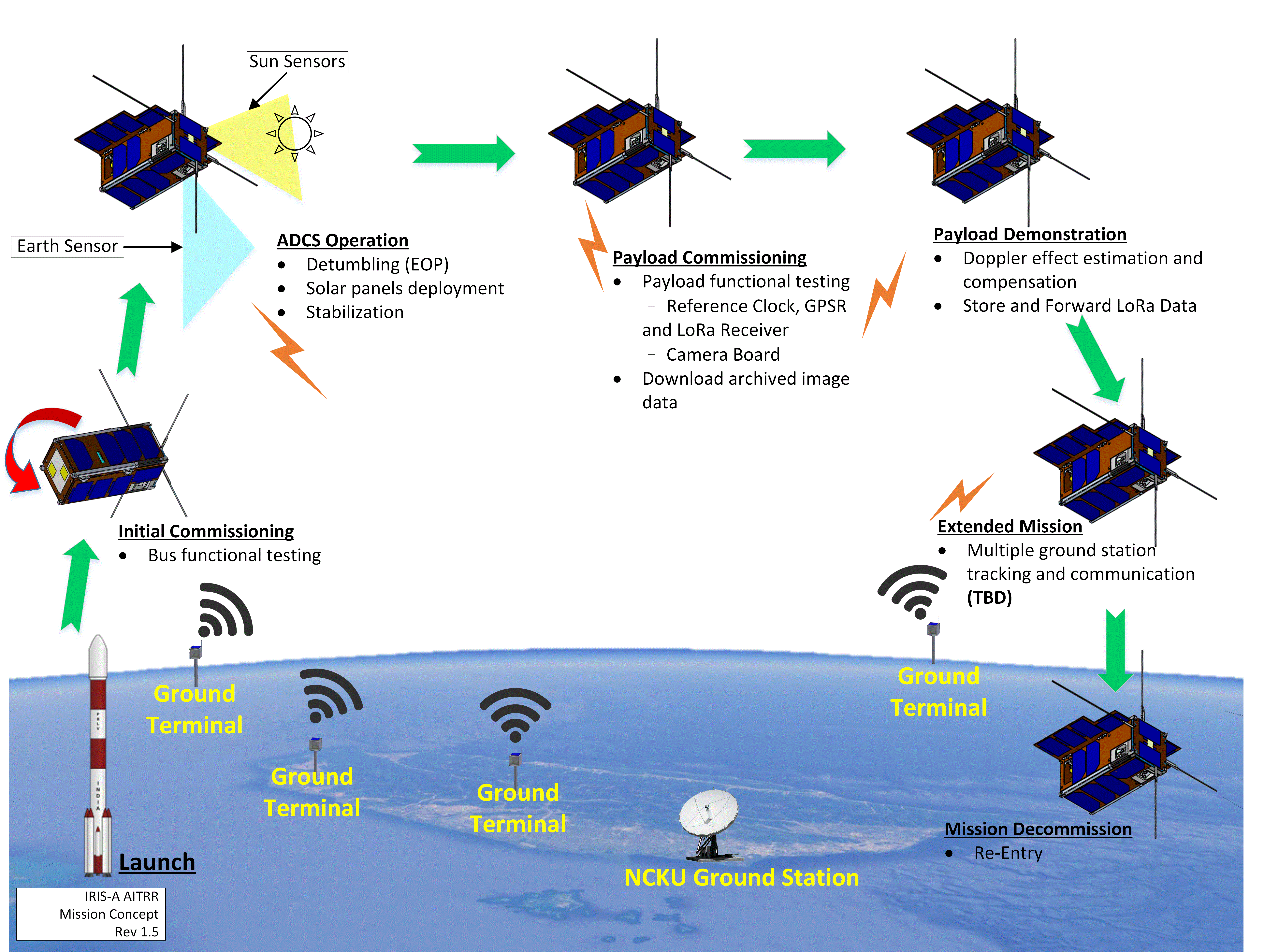
Contact

Prof. Jyh-Ching, Juang
Dept. of Electrical Engingeering National Cheng Kung Universityjuang@mail.ncku.edu.tw

Mr. Yu-Sheng Liu
Dept. of Aeronautics & Astronautics National Cheng Kung Universitynasaysl0@gmail.com